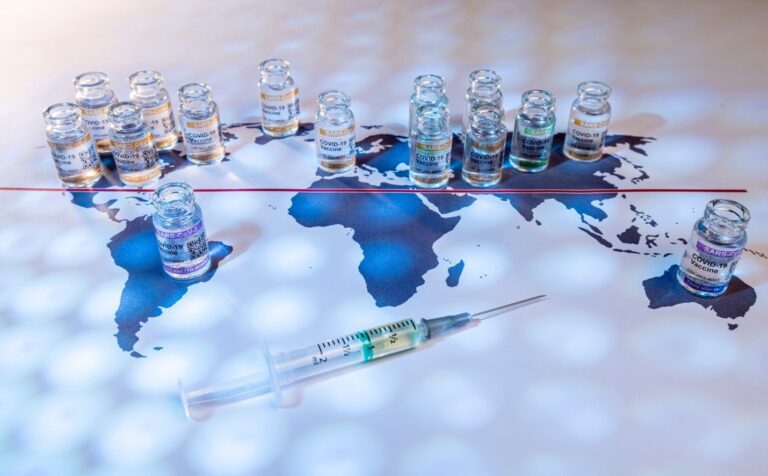Phlebotomists
Healthcare Staffing, Employment & Recruiting Agency
Phlebotomists are vital members of the Allied Health profession, ensuring safe and accurate blood collection for medical testing, transfusions, and research.
Whether you’re exploring a career as a phlebotomist, already have experience in the field, or looking to hire one, TAG MedStaffing has the resources to guide you.
What Does Phlebotomist Do?
Phlebotomists specialize in drawing blood and handling blood samples that are critical for diagnosing and treating patients. They work in a variety of healthcare settings, from hospitals to labs and mobile donation units, ensuring safe, efficient blood collection.
Already a Phlebotomist?


Phlebotomist Specializations
Each type of phlebotomist plays a key role in the healthcare system and requires specific skills suited to their environment or patient demographic.
- Phlebotomy Technician: Handles blood samples in clinics or labs.
- Mobile Phlebotomist: Travels to patients or donation centers.
- Certified Phlebotomy Technician: Certified by a recognized body.
- Laboratory Phlebotomist: Works primarily in lab settings.
- Blood Bank Phlebotomist: Specializes in collecting and managing blood donations.
- Registered Phlebotomy Technician: Registered with professional organizations.
- Hospital Phlebotomist: Collaborates with various hospital departments.
- Plasma Center Phlebotomist: Focuses on collecting plasma.
- Pediatric Phlebotomist: Focuses on drawing blood from infants and children.
- Research Phlebotomist:Collects blood samples for clinical trials or scientific research.
What Skills Does a Phlebotomist Require?
Successful phlebotomists need a blend of technical abilities and interpersonal skills to excel in their roles.
- Precision and attention to detail
- Effective communication
- Strong hand-eye coordination
- Compassionate care
- Knowledge of medical safety procedures


Phlebotomist Salary Range
According to the U.S. Bureau of Labor Statistics, phlebotomists make a median salary of $41,810 per year or $20.10 per hour.
However, phlebotomist salaries can vary depending on different factors.
Curious about how much you could earn?
See exactly how much you can make depending on your experience, certifications, and location.
How Do You Become a Phlebotomist in the US?
Becoming a phlebotomist in the U.S. involves a series of steps that ensure you are equipped with the right skills and knowledge:
1. Complete a Phlebotomy Training Program
Most phlebotomists start by enrolling in a phlebotomy certification program, which can be completed at vocational schools, community colleges, or healthcare institutions. These programs usually take between 4-6 months and include both classroom instruction and hands-on clinical experience.
2. Obtain Certification
While not required in all states, certification significantly improves job prospects and salary potential. Common certification agencies include the American Society for Clinical Pathology (ASCP), the National Phlebotomy Association (NPA), and the American Medical Technologists (AMT). Certification exams typically cover blood collection techniques, safety procedures, and patient interaction.
3. Gain Practical Experience
Many phlebotomy programs include externships or clinical practice, but additional experience gained through on-the-job training is invaluable. Some employers may prefer candidates with previous experience, even for entry-level positions.
4. Meet State Licensing Requirements
Certain states, such as California, Nevada, and Louisiana, require phlebotomists to be licensed. This often involves completing additional coursework, passing a licensing exam, and maintaining continuing education credits.
5. Maintain Certification
Phlebotomy certification is typically valid for a limited period, and you’ll need to renew it by completing continuing education courses or re-taking certification exams.
Ready to take the first step?
Explore our entry-level open positions for phlebotomists.

Blogs

How Healthcare Facilities Can Manage Staffing Shortages
Hospitals and healthcare facilities nationwide are grappling with substantial staffing challenges, particularly in recruiting nurses and physicians. These shortages pose a serious threat to patient access and the quality of care provided. From rural clinics to large urban hospitals, addressing these workforce gaps is crucial, and innovative strategies must be implemented to ensure effective healthcare delivery. Explore proven staffing approaches below to navigate these challenges successfully.


Social Work Job Growth Outpacing National Average Through 2032
Employment opportunities for social workers are projected to increase by 7% over the next eight years, equating to over 75,000 new jobs. As more people seek support, the value of social workers will continue to grow. Read on as we discuss the key insights and projections for child, family, school, healthcare, and mental health social workers.